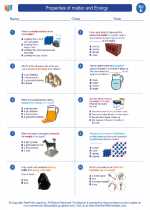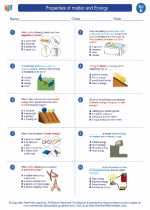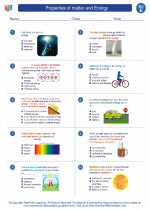Paleogene Period Overview
The Paleogene period is divided into three epochs: the Paleocene, Eocene, and Oligocene epochs. Each epoch is associated with distinct geological and biological events that shaped the Earth as we know it today.
Paleocene Epoch
The Paleocene epoch marks the beginning of the Paleogene period. It started around 66 million years ago and lasted for approximately 9 million years. During this epoch, the Earth recovered from the mass extinction event that marked the end of the Cretaceous period. Mammals began to diversify, taking advantage of the ecological niches left vacant by the extinction of the dinosaurs.
Eocene Epoch
The Eocene epoch, which followed the Paleocene, lasted from approximately 56 million to 33.9 million years ago. This epoch is characterized by a significant global warming event known as the Paleocene-Eocene Thermal Maximum (PETM), during which the Earth experienced a rapid and extreme rise in temperature. This period also witnessed the proliferation of modern mammal groups and the emergence of many familiar plant and animal species.
Oligocene Epoch
The Oligocene epoch, the final epoch of the Paleogene period, began around 33.9 million years ago and ended approximately 23 million years ago. During this time, the Earth's climate cooled, leading to the formation of ice caps at the poles. Many modern mammal families continued to evolve, and the continent of Antarctica became fully glaciated.
Study Guide for the Paleogene Period
- Describe the major geological and biological events of the Paleocene, Eocene, and Oligocene epochs.
- Explain the significance of the Paleocene-Eocene Thermal Maximum (PETM) and its impact on the Earth's climate and biodiversity.
- Discuss the diversification of mammal groups during the Paleogene period and their role in shaping modern ecosystems.
- Compare and contrast the climate and environmental conditions of the Paleogene period with those of the preceding Cretaceous period and the succeeding Neogene period.
- Examine the fossil record and geological evidence from the Paleogene period to understand the evolutionary history of plants, animals, and ecosystems.
Understanding the Paleogene period is crucial for comprehending the major transitions that occurred in Earth's history, including the rise of modern mammal groups, significant climate changes, and the formation of the ecosystems that form the foundation of our present-day world.
.◂Science Worksheets and Study Guides Fifth Grade. Properties of matter and Energy

 Worksheet/Answer key
Worksheet/Answer key
 Worksheet/Answer key
Worksheet/Answer key
 Worksheet/Answer key
Worksheet/Answer key
 Vocabulary/Answer key
Vocabulary/Answer key
 Vocabulary/Answer key
Vocabulary/Answer key
